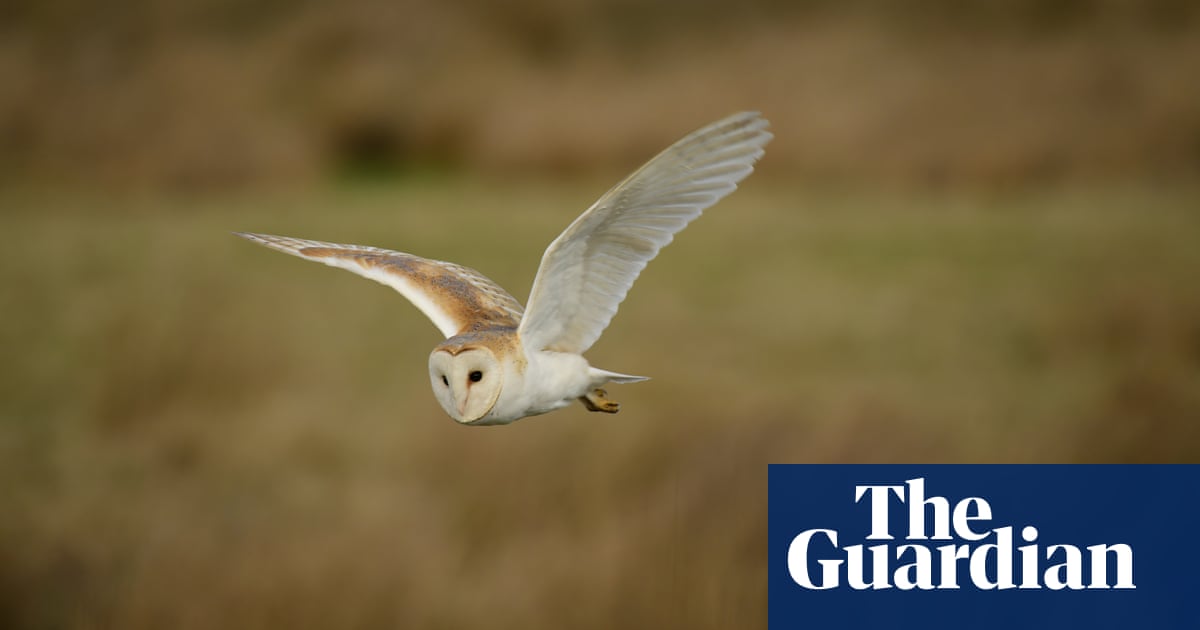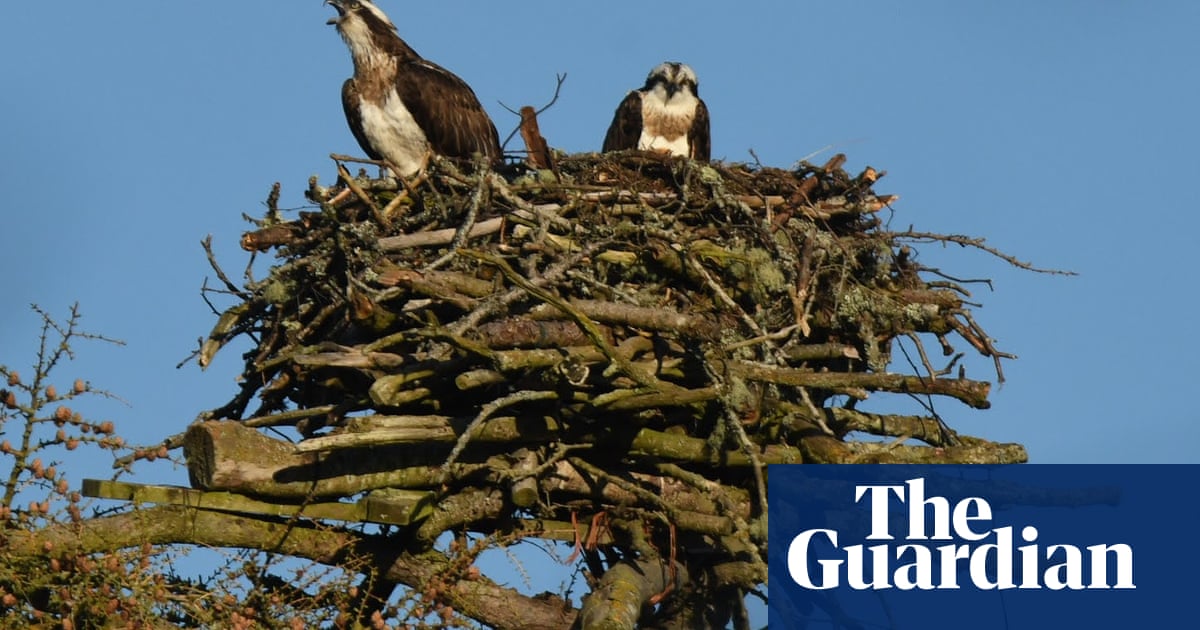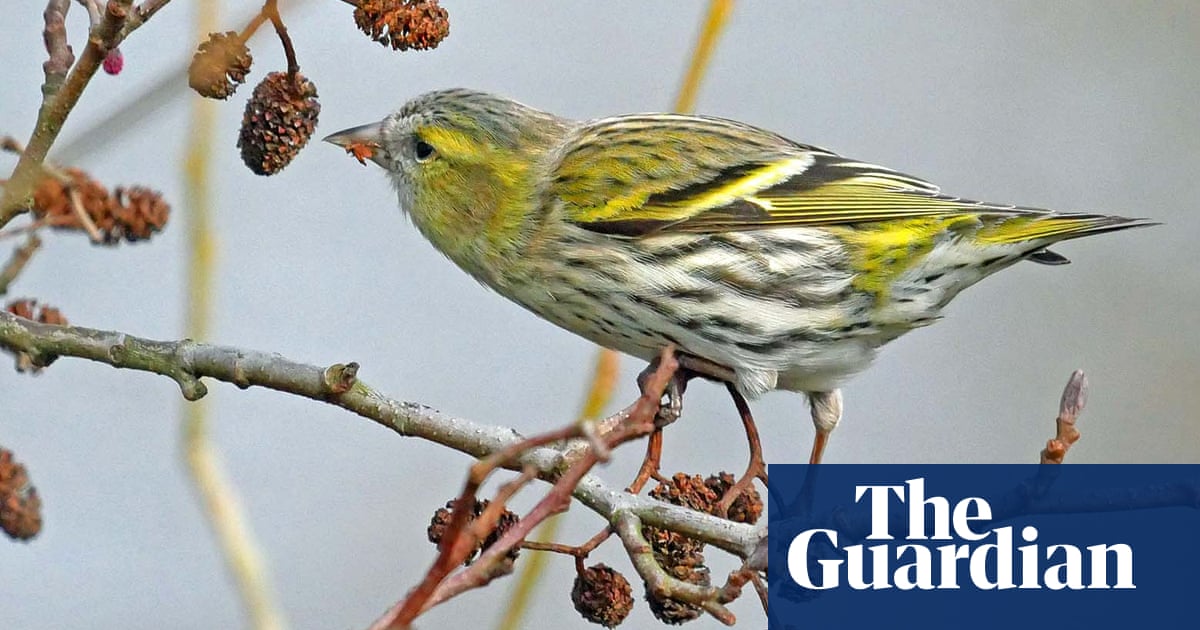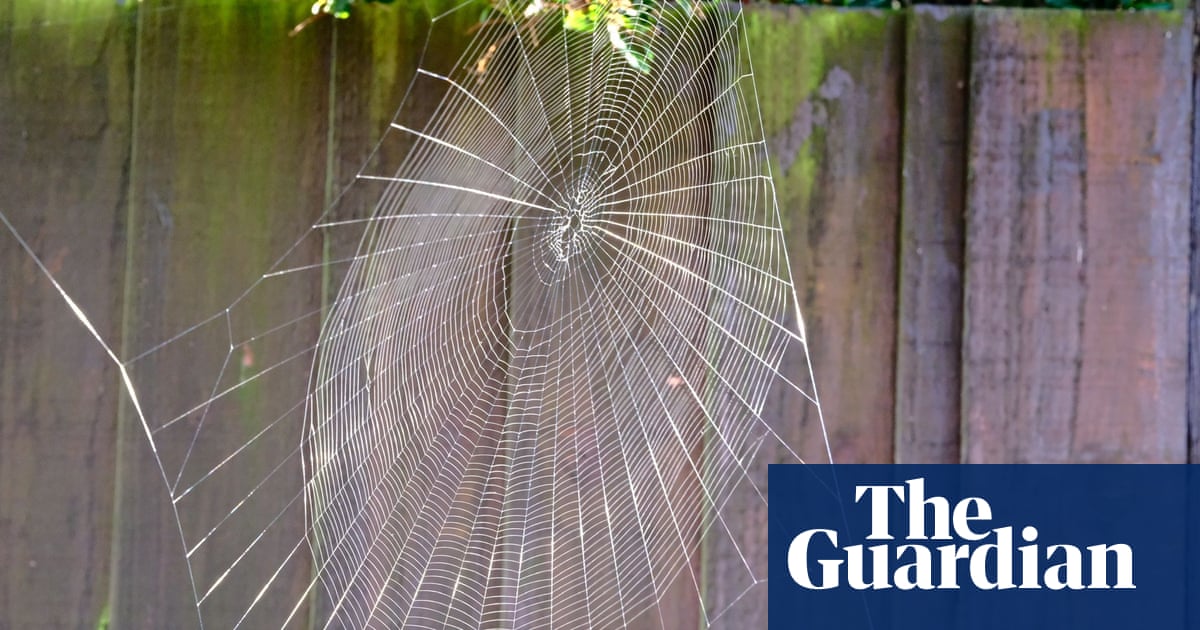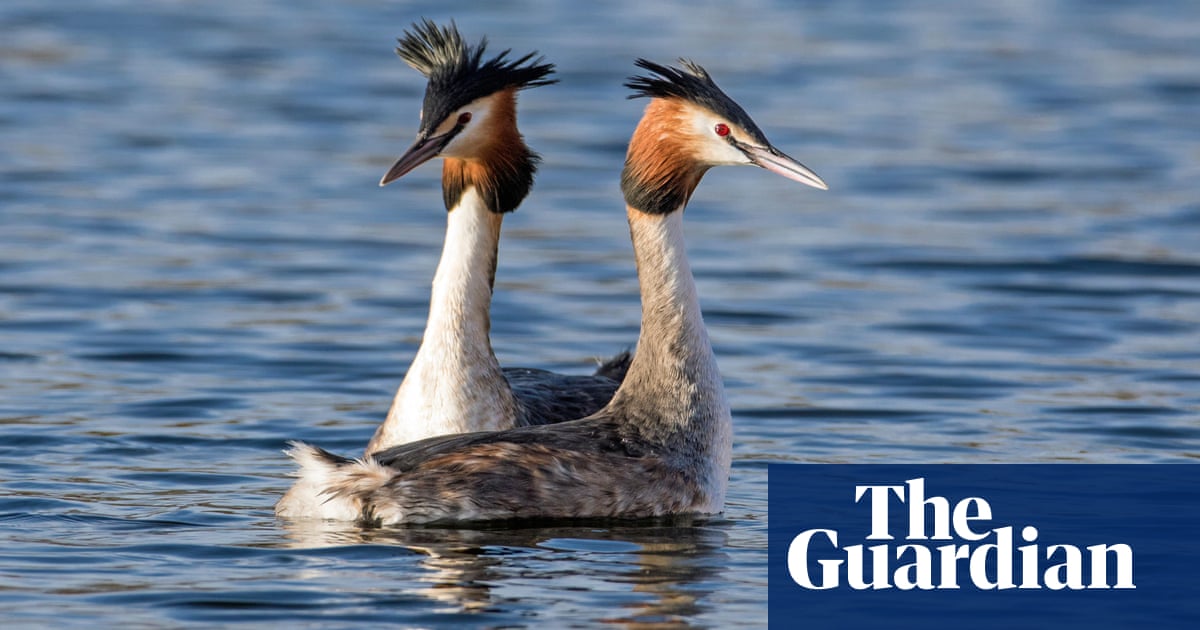
The ravens are back and displaying. A blue-sky morning, frost on the ground, and they arrow in from the west, returning from Ravenopolis, the huge forest roost behind Malltraeth Bay (formerly their home was in Siliwen woods between Roman Camp and Afon Menai). Rock walls amplify the creak of wings as they rise to a ramshackle nest above Allt Ddu quarry. For days they’ve been flying back and forth to oak woods opposite, fetching sticks and heather stems, weaving them in to shore up their nest’s tottering structure.
Derek Ratcliffe notes that the raven “is generally believed to pair for life”, and considers 25-30 to be their potential maximum age. These two may well be the ones to which I could approach within yards at the top of my back garden years ago. They became used to my presence, conversed with me, tolerated me nearby. Each morning at my front door, I’d hold out food (my son ate meat, so there’d be bacon rind, pork fat, chicken skin as well as toast crusts) and call them. One or both would soon appear, swooping down with hissing pinions to snatch the proffered scraps. I loved these birds, imitated their speech, seemed to be understood. Their strangely irised brown eyes met and held mine. After seven years I moved away, but offered advice on how to keep the relationship going.
Their aerobatic displays have always been something to wonder at. Ravens are spectacular flyers, particularly now during display. They breed early. An old Welsh gnomic verse tells of red throats in the ravens’ nest by the end of February. That’s at the early end of the spectrum, but by mid-March there are often eggs hatched and parent birds feeding young.
That this coincides with the start of lambing is crucial. The birds fly to the nest with strips of sheep’s afterbirth trailing from their massive bills. The young develop fast on this nutrient-rich diet. By late May the quarry resounds with clamour of flying lessons – another generation of these wary, sagacious birds fledged and flown! On this clear winter morning I called out to the parents. “Kronk, kronk,” comes the response, harsh and resonant across the still air.





